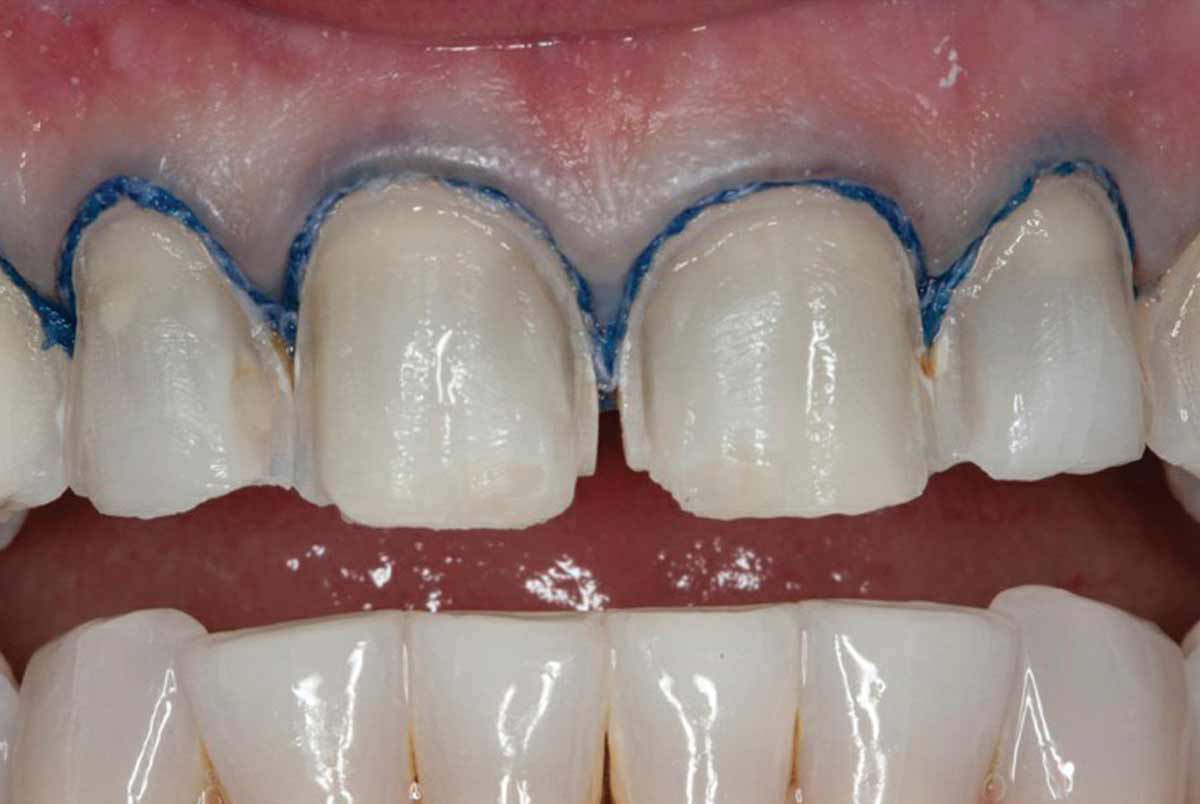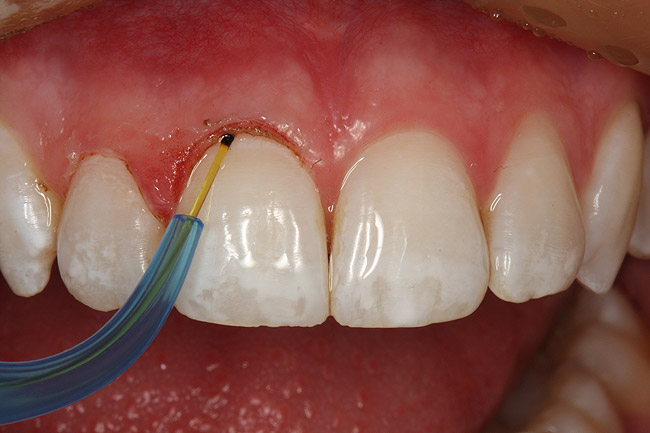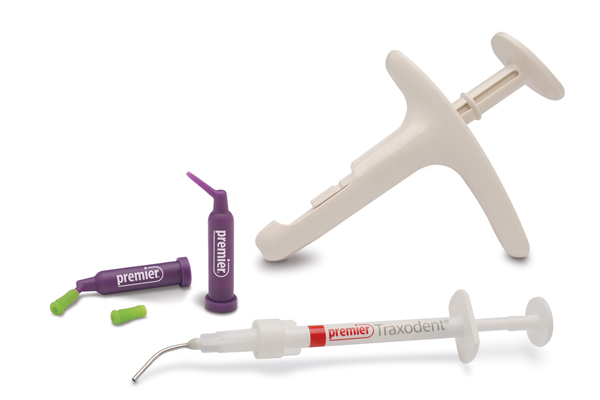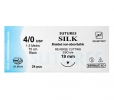With an array of options available, each with advantages and shortcomings, it can be difficult for dental practitioners to decide upon the most appropriate method of tissue management. While most work to displace gingival tissue and manage moisture, they do so with varying degrees of efficacy and it’s difficult to prescribe one method for all indications. There are, however, some generally agreed upon approaches, widely proven to be successful at producing great impressions and restorations.

Historically, the most common approach to tissue management prior to a C&B final impression includes the use of a gingival retraction cord. This mechanical method works by displacing tissue to make room for placement and retrieval of impression material and has reportedly been used by up to 98% of practitioners. Gingival retraction cords offer some degree of fluid control, though gain additional efficacy when impregnated with or used in tandem with a chemical agent such as aluminum chloride or ferric sulfate. Clinicians may choose to use a single- or double-cord technique depending on the indication.
Though effective, the use of gingival retraction cord can be associated with acute local tissue injury. This can lead to post-operative gingival discomfort, inflammation and even marginal recession. To mitigate these possibilities during the use of retraction cord, operators should select the appropriately sized cord and focus on atraumatic placement.

Gingival retraction paste, such as Traxodent from Premier Dental, provides an alternate approach to tissue management. A clay-based paste coupled with an astringent (15% aluminum chloride), Traxodent promotes hemostasis and drying, and is designed to be placed in and around the gingival sulcus. When paired with a cotton pellet and direct pressure, Traxodent can also produce gingival retraction.

Though it can cause inflammation of the gingiva, this is only a temporary effect and overall Traxodent offers a significantly gentler approach compared to the use of a retraction cord. Should the situation warrant it, however, Traxodent can be used in addition to a cord for added retraction and better impressioning. Traxodent is easy to use and the manufacturer instructs that the paste is suited for “virtually any clinical situation in which control of bleeding is required.”

